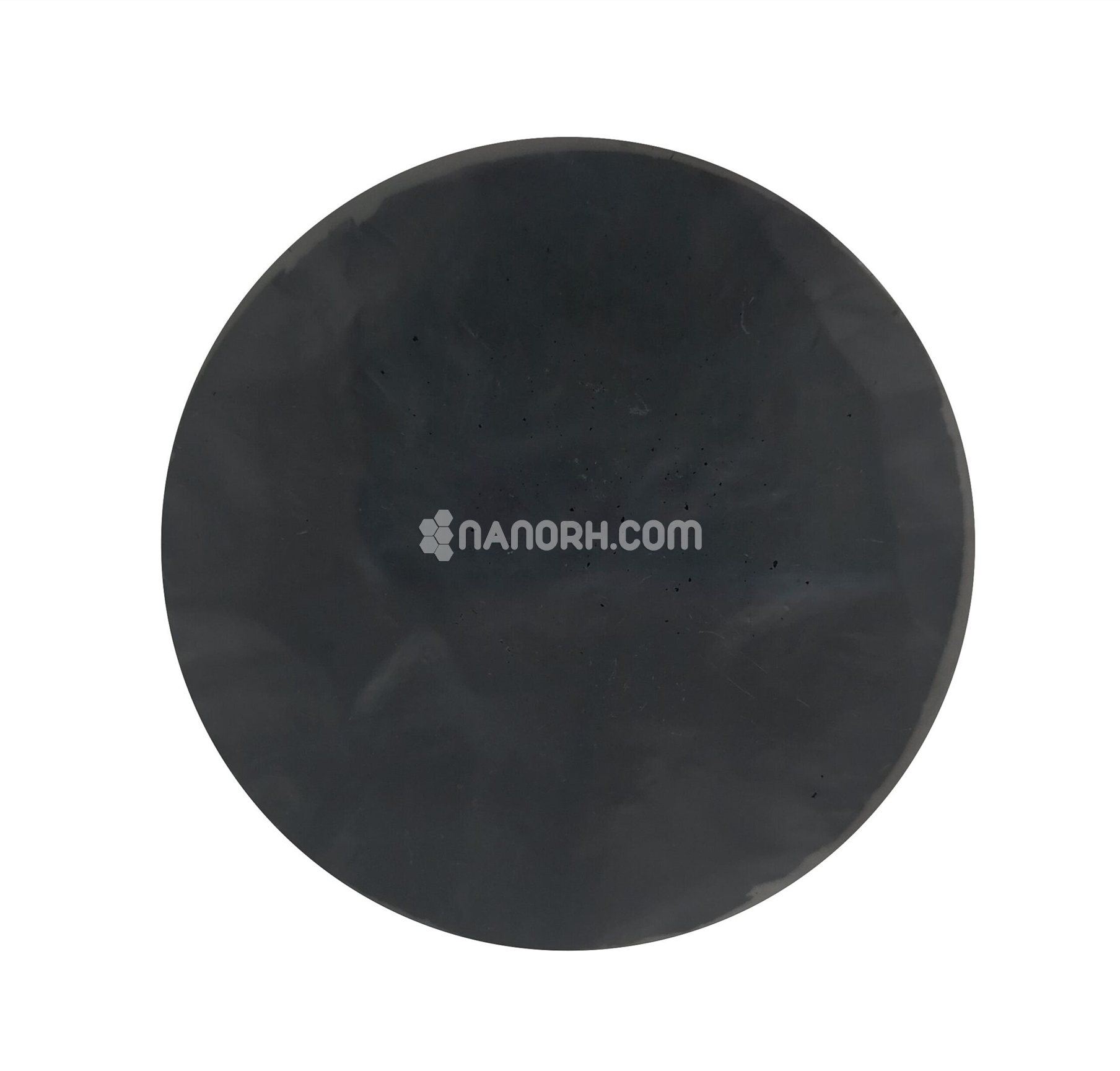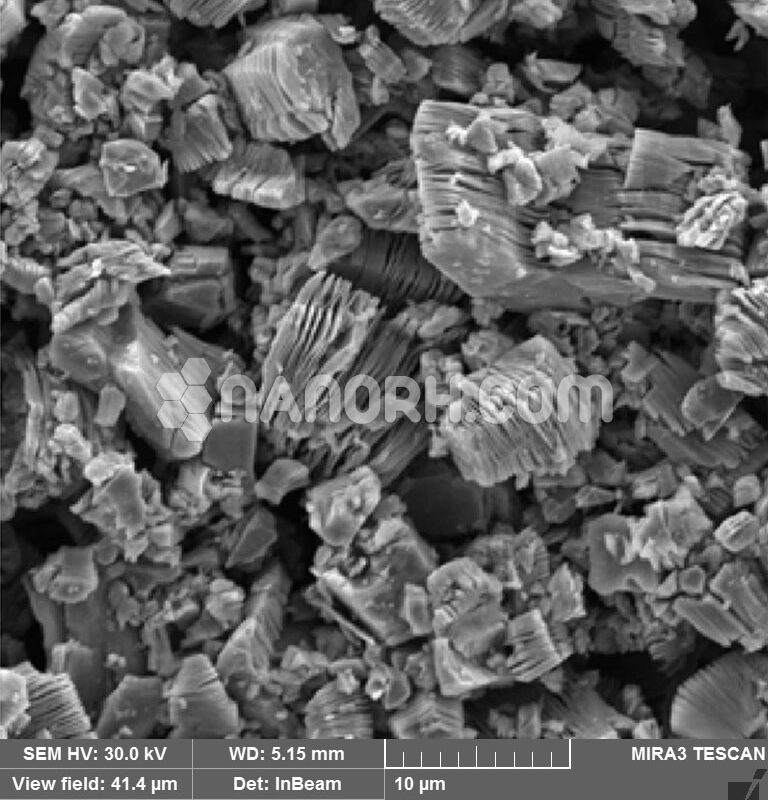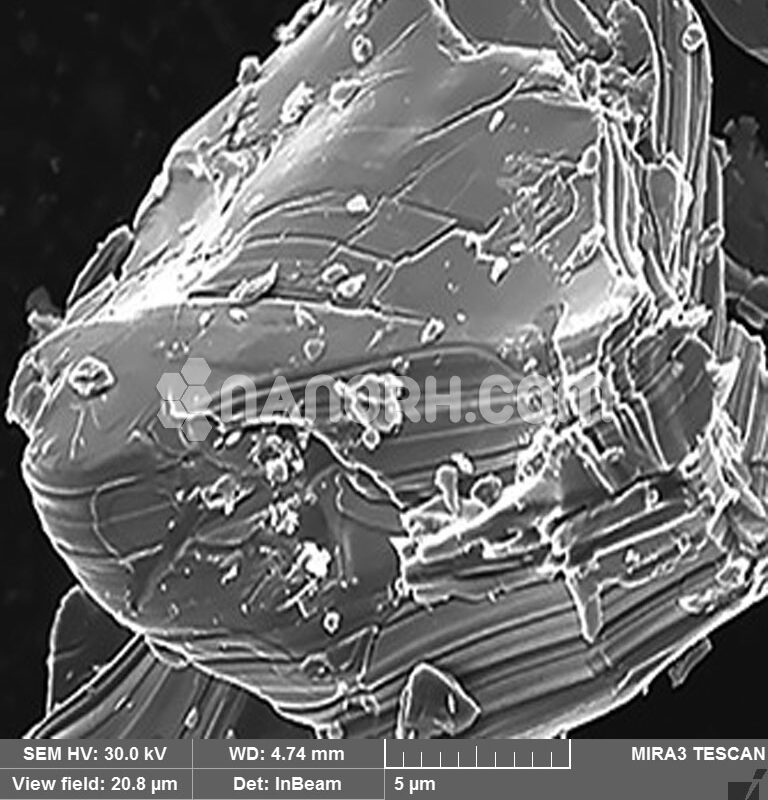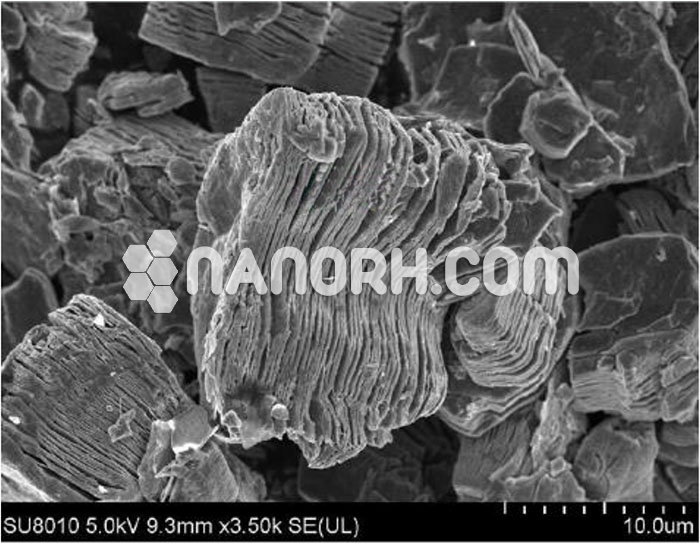|
MXene Titanium Carbide Film (Delaminated) |
|
| Product No. | NRE-59001 |
| CAS No. | NA |
| Formula | Ti2C |
| Molecular Weight | 107.74 g/mol |
| APS | < 40 μm |
| Purity | 99.9% |
| Form | Powder |
|
Certificate of Analysis |
|
| Ti | 88.8% |
| C | 11.1% |
| B | 0.02% |
| Cr | 0.03% |
| Al | 0.02% |
| O | 0.01% |
| Sn | 0.01% |
MXene Titanium Carbide Film (Delaminated)
MXene Titanium Carbide Film MXenes are a class of two-dimensional materials consisting of transition metal carbides, nitrides, or carbonitrides. Titanium carbide (Ti3C2) MXene is one of the most studied due to its remarkable properties, including high electrical conductivity, excellent mechanical strength, and impressive hydrophilicity. Synthesis and Structure The synthesis of Ti3C2 MXene typically involves etching aluminum from titanium aluminum carbide (Ti3AlC2) using hydrofluoric acid or a fluoride salt in acidic conditions. This process removes the aluminum layers, leaving behind a layered structure of titanium and carbon atoms. The resulting Ti3C2 layers are then delaminated into single or few-layered nanosheets
Properties and Applications
- Electrical Conductivity: Ti3C2 MXene exhibits high electrical conductivity due to the presence of metallic titanium and conductive carbon layers. This makes it a promising material for applications in energy storage devices, such as supercapacitors and batteries.
- Mechanical Strength: The robust bonding between titanium and carbon atoms provides MXene Titanium Carbide films with high mechanical strength and flexibility. These properties are advantageous for flexible electronics and composite materials.
- 3. Hydrophilicity: The surface of Ti3C2 MXene is naturally hydrophilic, allowing for easy dispersion in aqueous solutions. This characteristic is beneficial for applications in water purification, where MXene can be used as an efficient adsorbent for removing contaminants.
4. Electromagnetic Interference (EMI) Shielding: Due to its excellent electrical conductivity and layered structure, Ti3C2 MXene is effective in shielding against electromagnetic interference. This property is particularly useful in electronic devices that require protection from external electromagnetic radiation. Research and Future Directions Current research on Ti3C2 MXene focuses on enhancing its properties and expanding its applications. Efforts are being made to improve its stability, scalability of production, and integration into composite materials. Future developments may include exploring MXene’s potential in biomedical applications, catalysis, and advanced electronics. — Feel free to ask if you need more detailed information or have specific questions about MXene Titanium Carbide Films!




